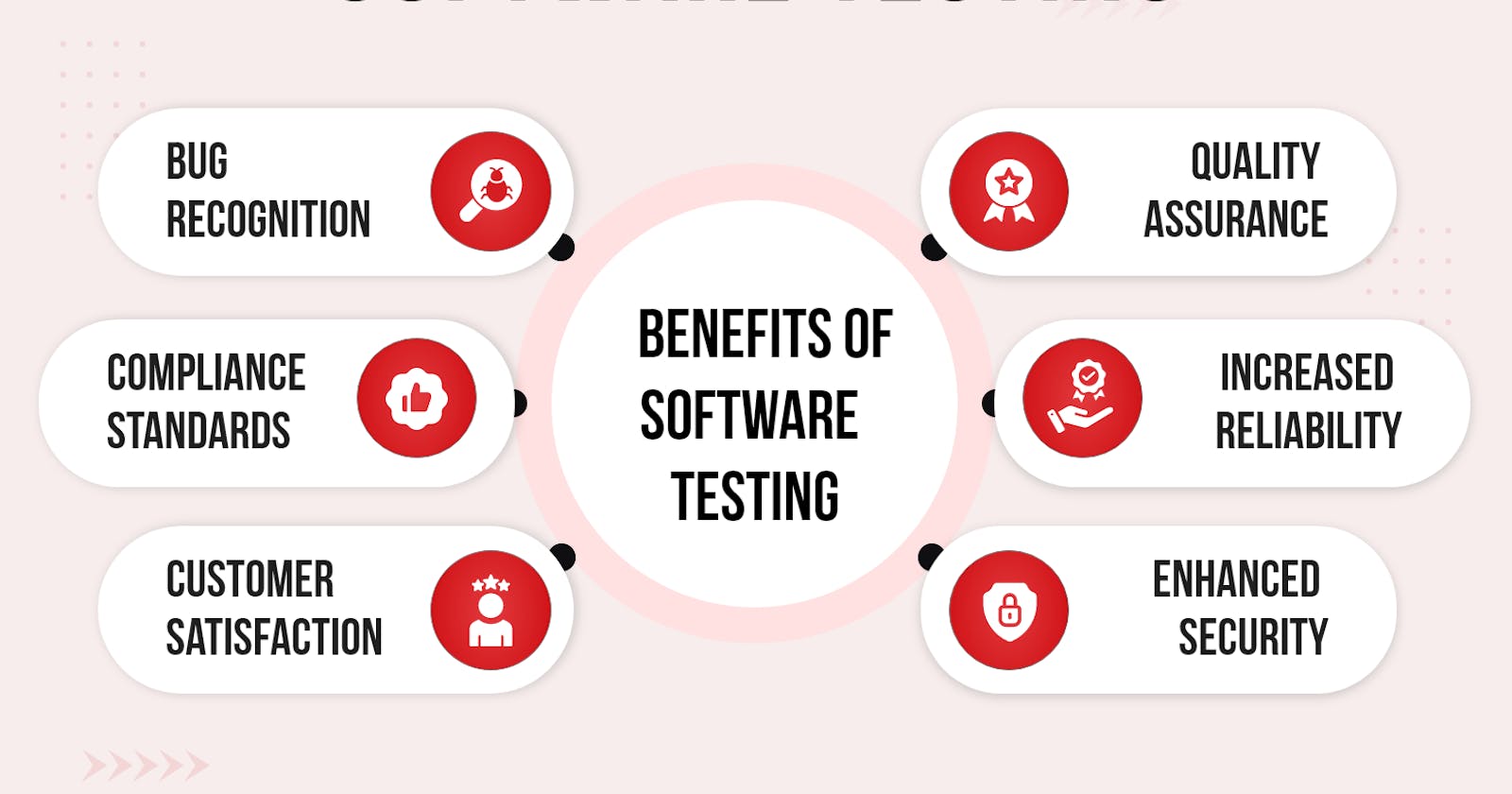Introduction
Software testing is a critical process in the software development lifecycle that ensures the quality, reliability, and functionality of a software product. It involves systematically identifying defects, errors, or bugs in the software to ensure it meets the specified requirements and delivers a seamless user experience. In this comprehensive guide, we will delve into the step-by-step process of software testing, covering various techniques, methodologies, and best practices to help you conduct effective testing throughout the development cycle.
Understanding Software Testing Fundamentals
Before diving into the testing process, it's essential to understand the fundamental concepts and principles of software testing:
Definition and Objectives: Software testing aims to validate and verify that a software application or system behaves as expected, meets user requirements, and operates without errors or defects.
Importance of Software Testing: Effective testing helps identify and rectify defects early in the development lifecycle, reducing rework costs, enhancing product quality, and improving user satisfaction.
Types of Testing: Software testing encompasses various types, including functional testing, non-functional testing, regression testing, performance testing, security testing, and more, each serving specific purposes in ensuring software quality.
Planning and Preparation
Define Testing Objectives: Clearly define the goals, scope, and objectives of the testing phase, including the features to be tested, testing methodologies to be employed, and resources required
Develop Test Plan: Create a comprehensive test plan outlining the testing strategy, test cases, test scenarios, roles and responsibilities, timelines, and success criteria.
Establish Test Environment: Set up the necessary hardware, software, tools, and testing infrastructure to replicate the production environment accurately.
Test Case Design
Identify Test Scenarios: Analyze requirements and user stories to identify test scenarios covering all possible interactions, inputs, and outcomes of the software.
Create Test Cases: Develop detailed test cases specifying the steps to be executed, expected outcomes, preconditions, and postconditions for each test scenario.
Prioritize Test Cases: Prioritize test cases based on factors such as criticality, risk, and frequency of use to optimize testing efforts and coverage.
Test Execution
Execute Test Cases: Execute the test cases as per the test plan using manual or automated testing techniques, recording the results and any deviations from expected outcomes.
Report Defects: Document any defects, errors, or anomalies encountered during testing, providing detailed information such as steps to reproduce, severity, and impact on system functionality.
Regression Testing: Conduct regression testing to ensure that modifications or enhancements to the software do not introduce new defects or adversely affect existing functionality.
Test Analysis and Reporting
Analyze Test Results: Evaluate the test results to identify patterns, trends, and areas requiring further investigation or improvement, such as frequent failures or performance bottlenecks.
Generate Test Reports: Prepare comprehensive test reports summarizing the testing activities, including test coverage, defect metrics, pass/fail rates, and recommendations for improvement.
Iterative Testing and Continuous Improvement
Iterative Testing: Embrace an iterative approach to testing, incorporating feedback from stakeholders, end-users, and previous testing cycles to refine test cases, improve test coverage, and address emerging issues.
Continuous Improvement: Foster a culture of continuous improvement by conducting post-mortem reviews, analyzing lessons learned, and implementing best practices and process enhancements to enhance the effectiveness and efficiency of future testing efforts.
Conclusion
Software testing is an indispensable aspect of software development, ensuring that software products meet quality standards, perform reliably, and deliver value to end-users. By following this step-by-step guide to software testing, organizations can establish robust testing processes, mitigate risks, and achieve higher levels of software quality and customer satisfaction. Remember, effective testing is not just about finding defects; it's about preventing them and delivering software that exceeds user expectations. Whether you're a seasoned tester or just starting your journey, investing in continuous learning, such as a Software Testing Course in Agra, Mumbai, Dehradun, Moradabad, Delhi, Noida and all cities in India can enhance your skills and knowledge, making you an invaluable asset in the ever-evolving field of software development. With dedication, practice, and a commitment to quality, you can contribute to building software solutions that drive innovation and enrich the lives of users worldwide.
